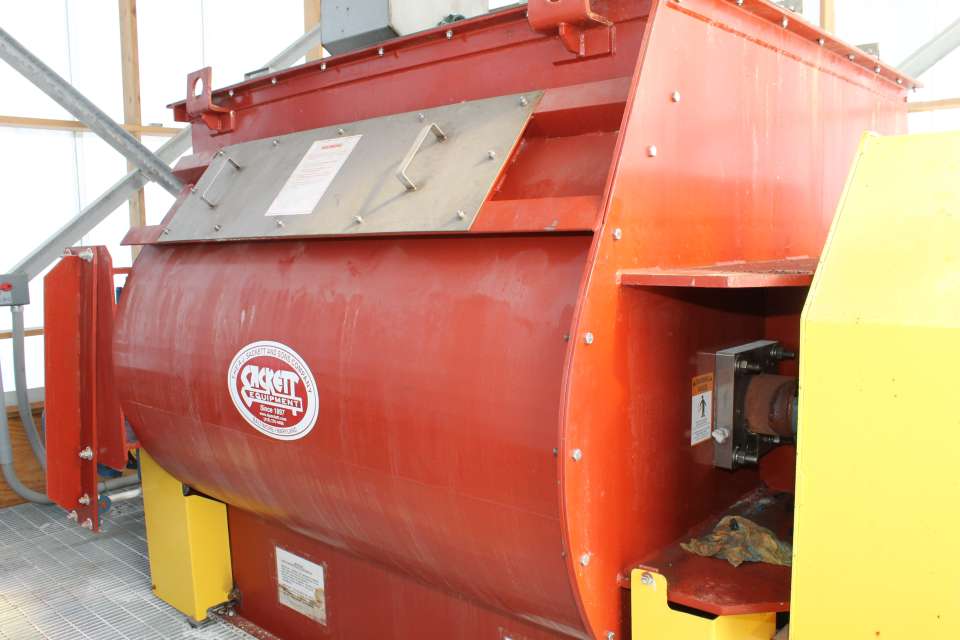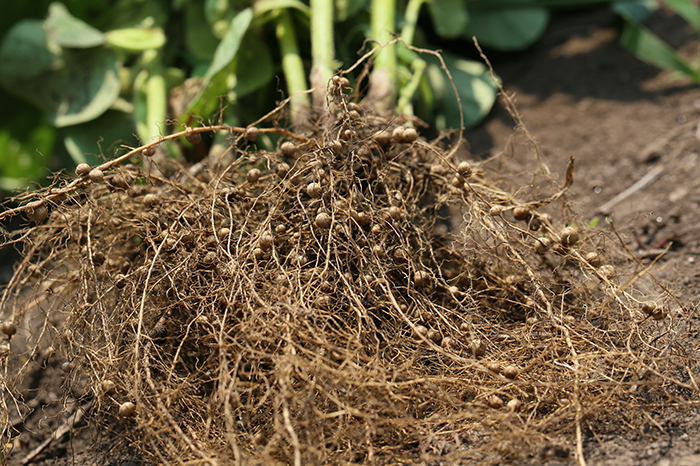Fertilizer Additives: TLC In Blending

With The AJ Sackett & Sons’ H.I.M. (High-Intensity Mixer), customers can adjust the mixing retention time depending on which products they are adding, product temperature, viscosity, etc.
Blending additives in fertilizer systems has gotten more challenging as their number and complexity has grown.
“There is a huge variation in products including chemistry, viscosity, etc. which can greatly affect their ability to coat the dry fertilizer,” points out Charles Formisani, Vice President of Sales with The A.J. Sackett & Sons Co.
His company operates a fertilizer research and development lab that offers testing to companies developing products (including polymers, NBPT, etc.) as well as to retailer customers to test the new products before committing to them.
He sees formulation changes ahead from manufacturers in new products and more concentrated formulations being applied at lower quantities. Such changes can affect the blend time and efficiency needed — so it’s important to build in the flexibility to be able to efficiently apply these products as they change in the future.
Formisani points out that LIW/DW blend systems, including Sackett’s own, do not have the ability to adjust retention time that could be needed with new products to get adequate distribution of the liquids or powders onto dry fertilizer — which is a factor to consider when purchasing new equipment. But with the company’s H.I.M. (High-Intensity Mixer) towers, customers can adjust the mixing retention time depending on which products they are adding, product temperature, viscosity, etc.
Yargus Manufacturing’s R&D group has also focused on the accurate and efficient application of enhanced efficiency products, says Jeff Ivan, Vice President of International Sales and Marketing.
Yargus has developed several application processes for both batch and automated systems. The company’s automated systems can handle both liquid and powder products. In fact, the Layco DW Automated blending system can be designed to incorporate a phosphate inhibitor on one end of the process while a nitrogen inhibitor can be applied on the other end.
“The advantage of urease and denitrification inhibitors is that they can be accurately coated on urea or included in a UAN blend directly by the ag retailer,” says Don Lauweryssen, Vice President of Business Development. “In terms of urea coating, systems such as Yargus’ LAYCOTE can accurately coat urea at rates up to 400 TPH.”
He adds that retailers need to be knowledgeable about how best to store and handle both stabilizers and controlled release nitrogen products by carefully reading product data sheets and asking their product suppliers for guidance and best practice information.





